These regulatory controversies are not limited to the sex entertainment industry. Even in Hollywood, red carpets are being policed by nudity bans and dress codes, likely attributed to outrage caused by Bianca Censori’s nude dress. These regulations re-emphasise old-school notions of ‘decency’, ‘modesty’ and ‘morality’ (read: conservatism) that seem well-aligned with the right-wing swing under Trump. In response, stars have reigned it in, but their films still display the same progressive sexual ideals, as if making a case for more open-mindedness.
After all, film has notoriously aided the acknowledgement of desire outside of conventional bounds, and used display to facilitate discussion. Kazmierczak notes that movies like The Graduate are known for their impact on Feminist Theory, and Midnight Cowboy for its impact on LGBTQ rights movements. Just like the miniskirt serves as a recession indicator, horny media can be correlated with rising political and social turmoil. It’s no coincidence then that OF had its biggest spike in popularity during COVID-19, and films like Pilion, BabyGirl and various other milfy Nicole Kidman movies aired during some of humanity’s most volatile months. When in doubt, we turn to that which unites us all: desire.
The popularity of entertainment that edges sexuality, kink and commerce brings into question our openness, as a society, towards sex work and the people who partake. High demand indicates increased acceptance, right? Cosplayer and OF professional, Spookykins, says in an interview with us, “I think the only shift that has happened is people have become more open about these things. Overall they have always existed and always been there, now people are just a bit more willing to talk about it.” Yet, she adds, “but it has also definitely amplified the hate in some communities as well. As more people come to accept and embrace it, there are equal numbers of people who hate and reject it.”
We saw this divide in the uproar over OnlyFans models Bonnie Blue and Lily Phillips, whose attention-maxxing stunts have left the comments section overflowing with questions regarding the actresses’ mental health, agency, and impact on feminist progress. These questions reflect an obsession with the moral quandaries surrounding sex and sexuality, particularly when it affects everyday middle-class people, as it did the educated, bouncy blondes that are Philips and Blue.
In the past, we’ve been comfortable leaving sex workers embodied on-screen by the tragedy of Les Miserable’s Fantine, or the redemption of Pretty Woman’s Vivian. In such big-budget productions, where there is an incentive to moderate moral messaging, the narrative of sex work must be laid out neatly. But the widespread availability of OnlyFans content shows us that sex work motivations or meanings are not always so clear-cut. Is this why some still lash out at OF creators, because they do not fit the moulds of promiscuity, ie. fragility, brokenness or moral bankruptcy?
To be clear, coerced sex work and non-consensual pornography are very real problems. But then, why do we project this onto OF creators who choose this? Surprise surprise, they have in fact chosen their livelihoods, made good money, and lived whole, healthy experiences. As Spookykins says, among the many expectations and / or misconceptions about sex workers, “I think the biggest one I always see is just that adult entertainers must be promiscuous or have multiple sexual partners, which couldn’t be further from the truth. In fact many of the creators I know are in some of the most committed, stable and healthy relationships I’ve ever seen. I think it’s hard for people to wrap their heads around the idea that seeing pictures or videos of someone online does not equate to them being with multiple people… A digital image is not reality.” And even if that person has been with 100 people, the truth is that you still don’t know who they are or what they need. “I think everyone is very quick to jump to conclusions and assume people who use the site all create the same content, when this is not the case at all.”
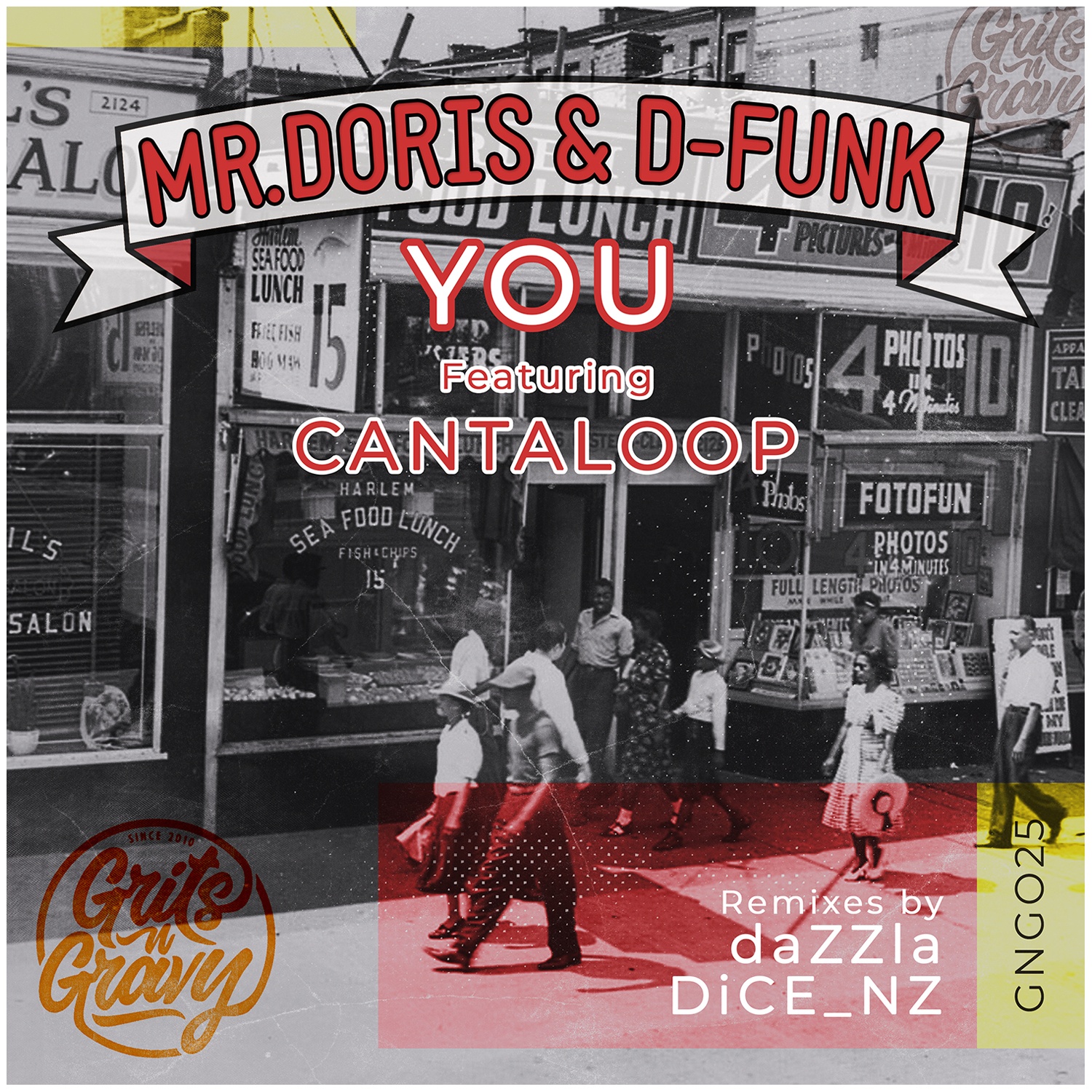



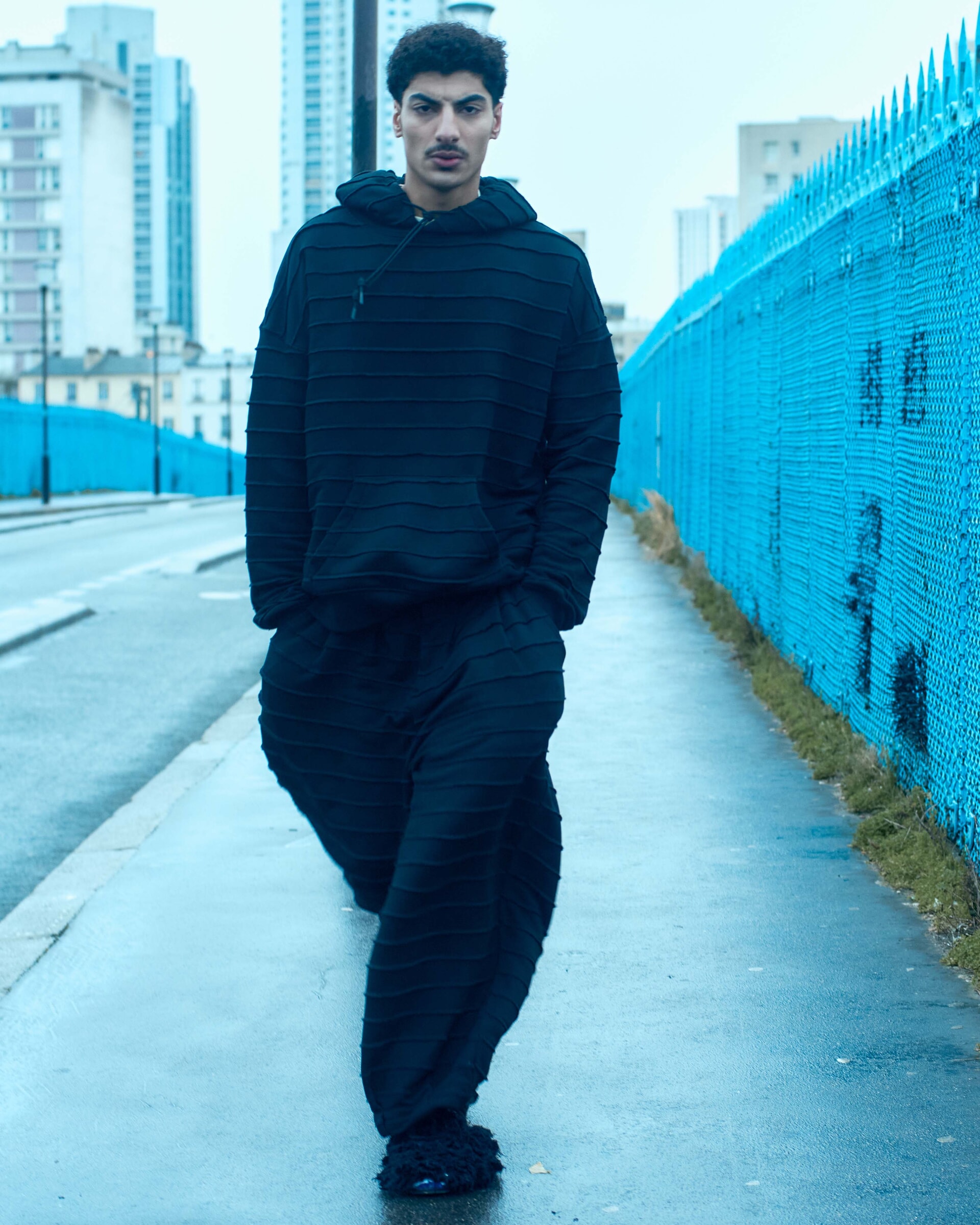










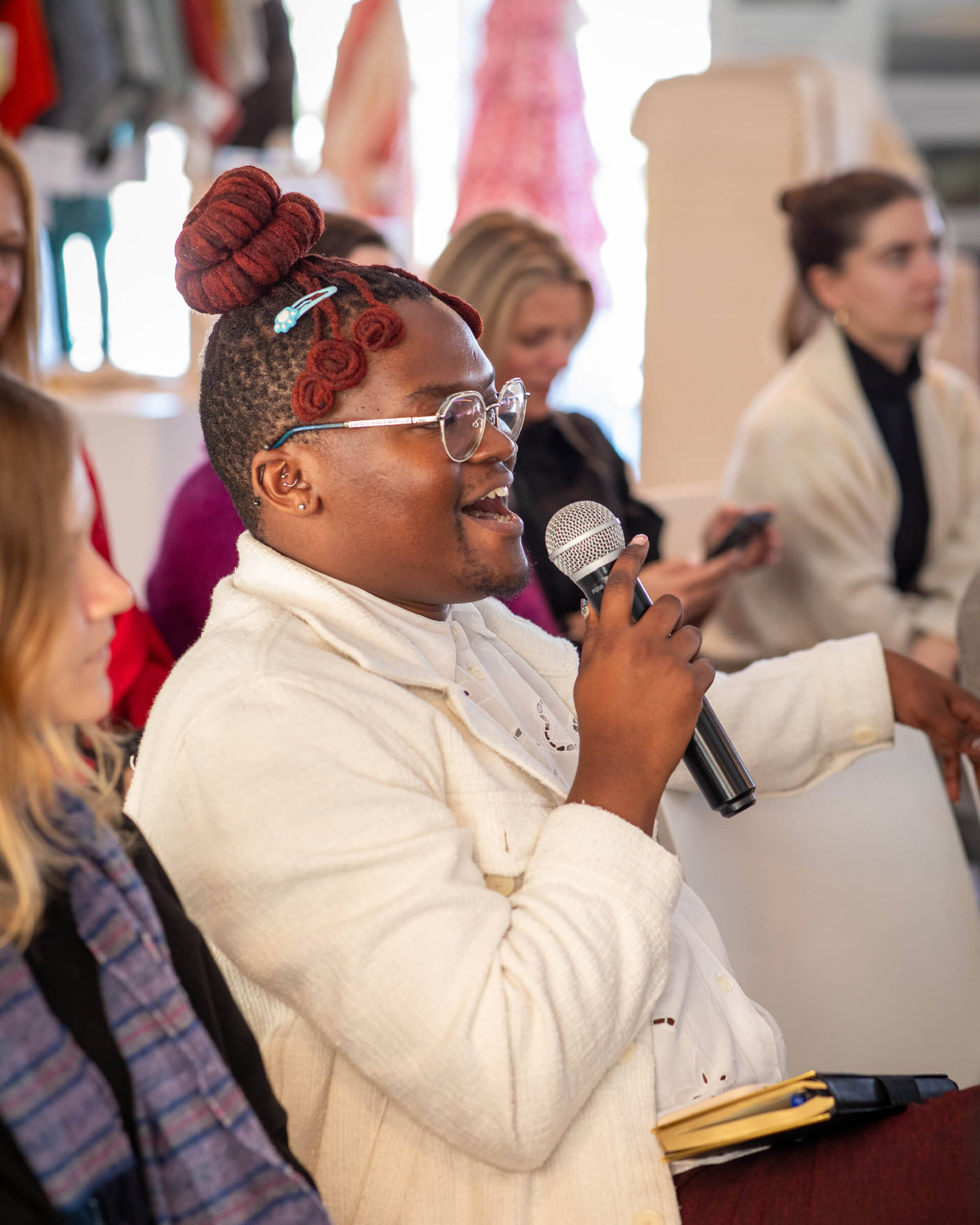
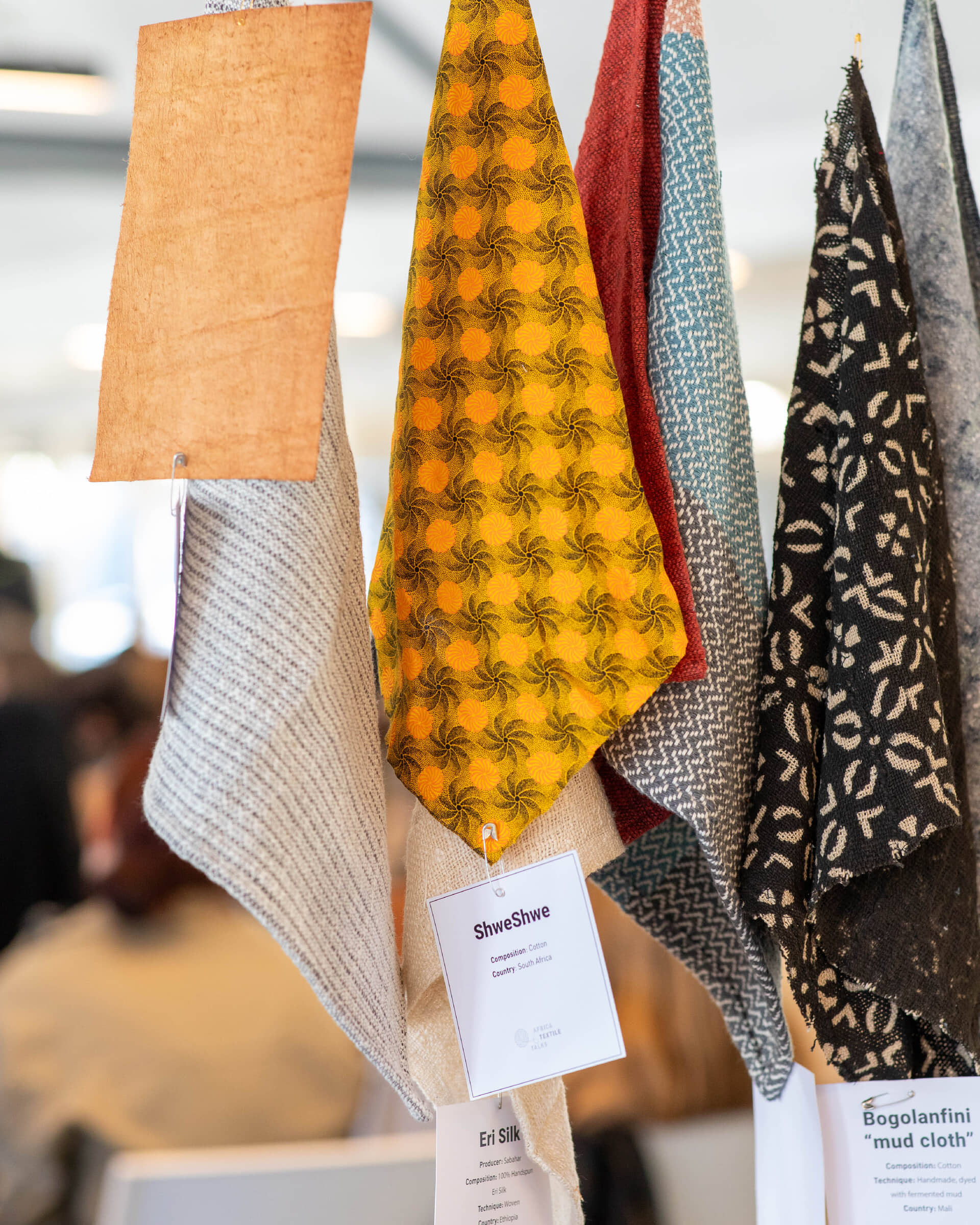

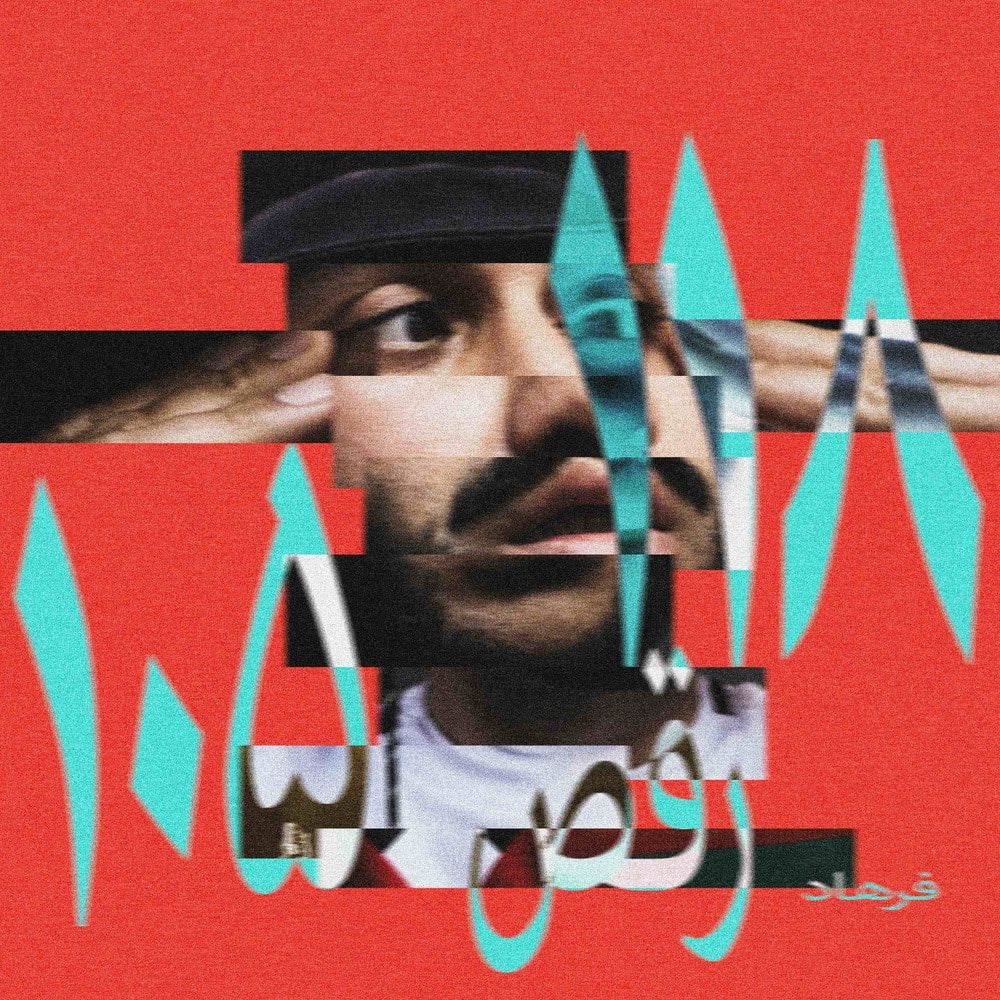



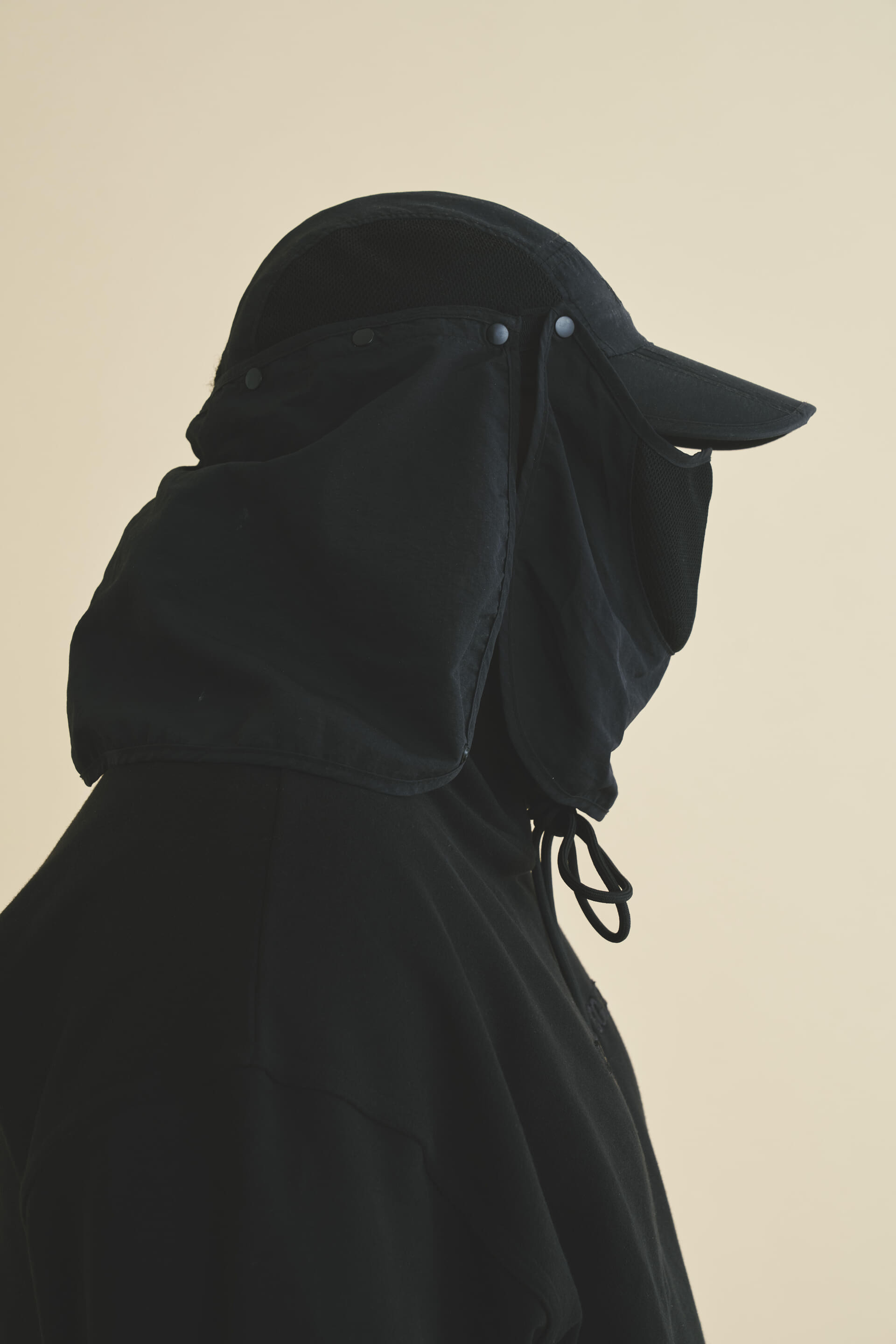
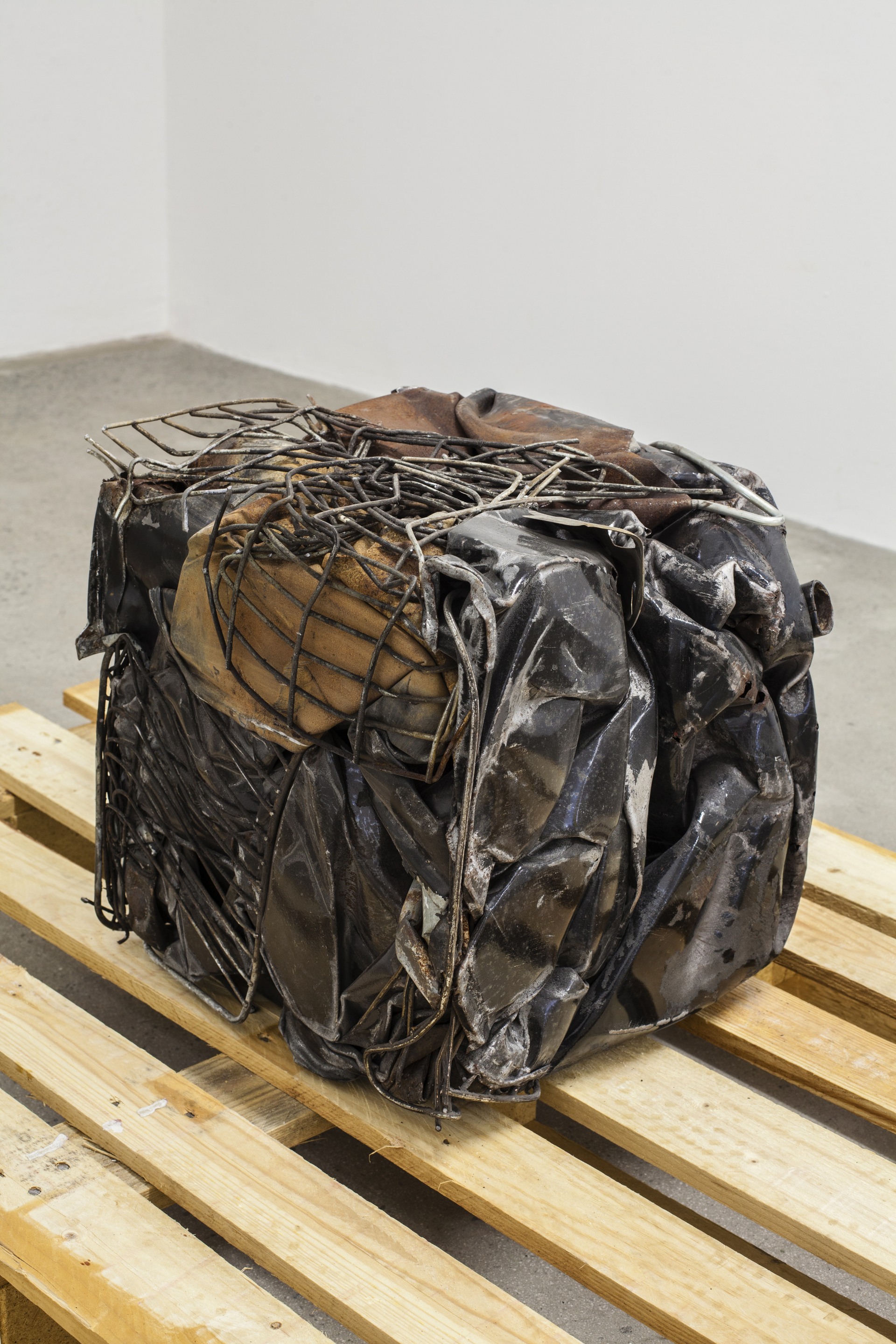
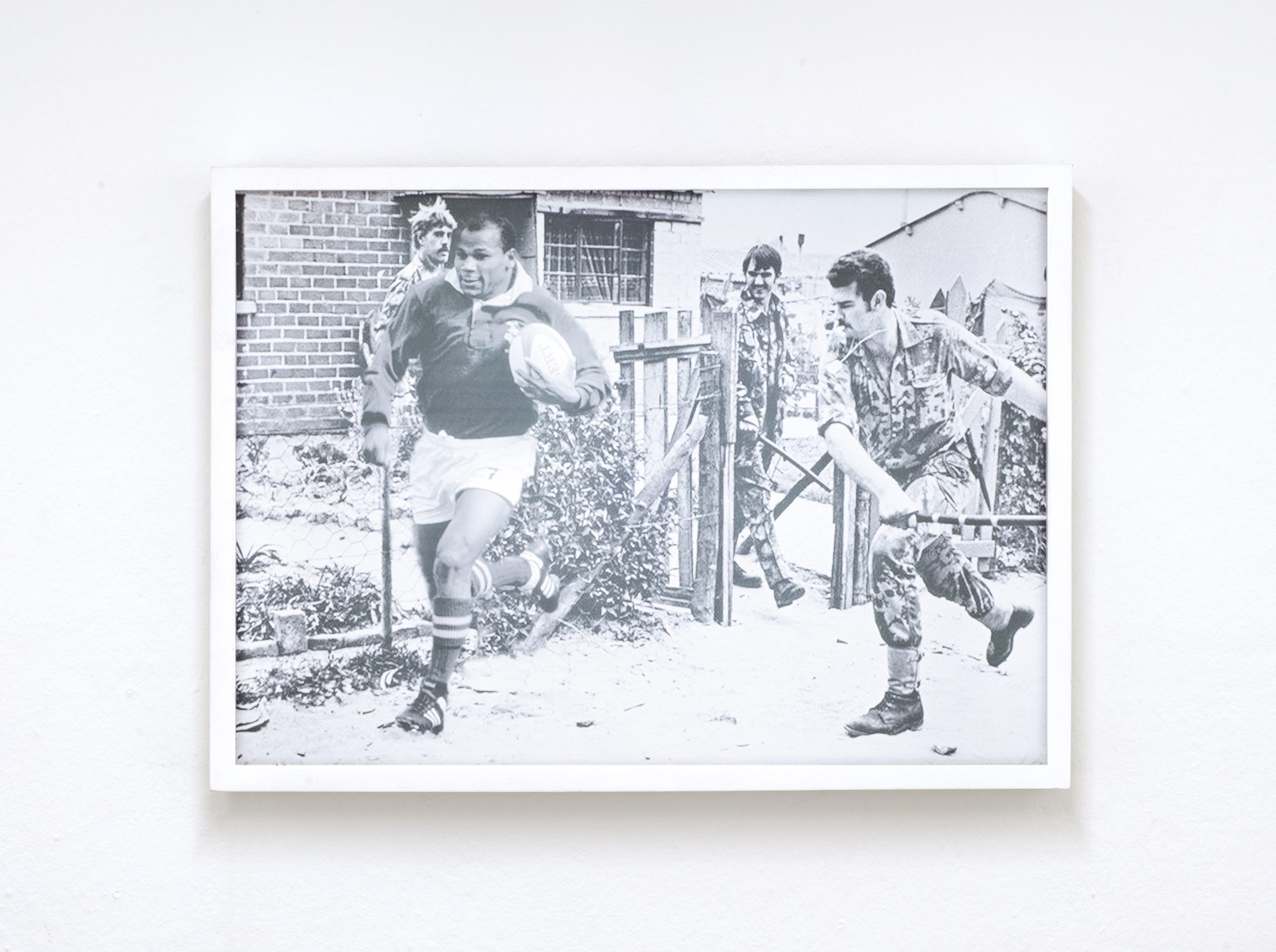


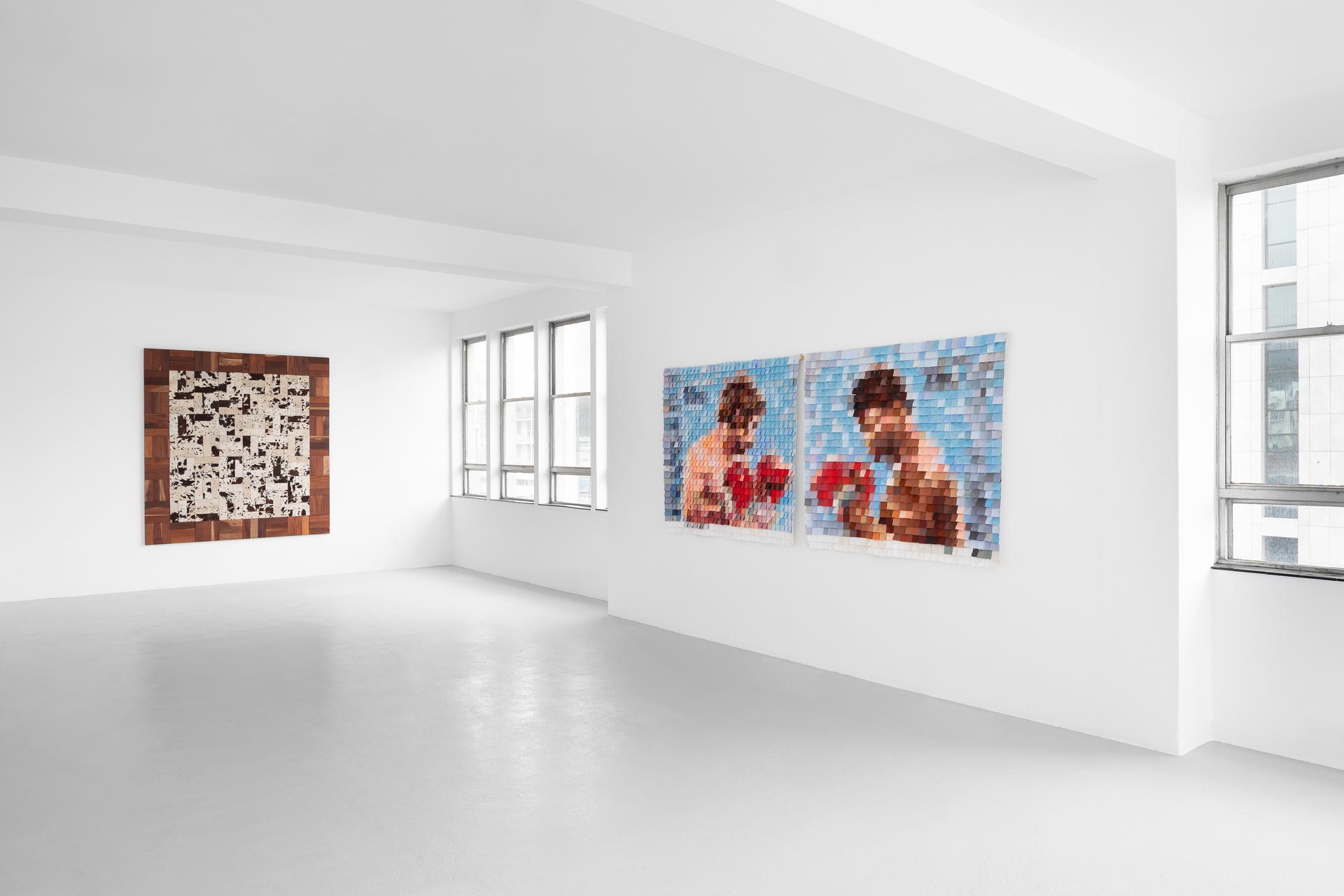
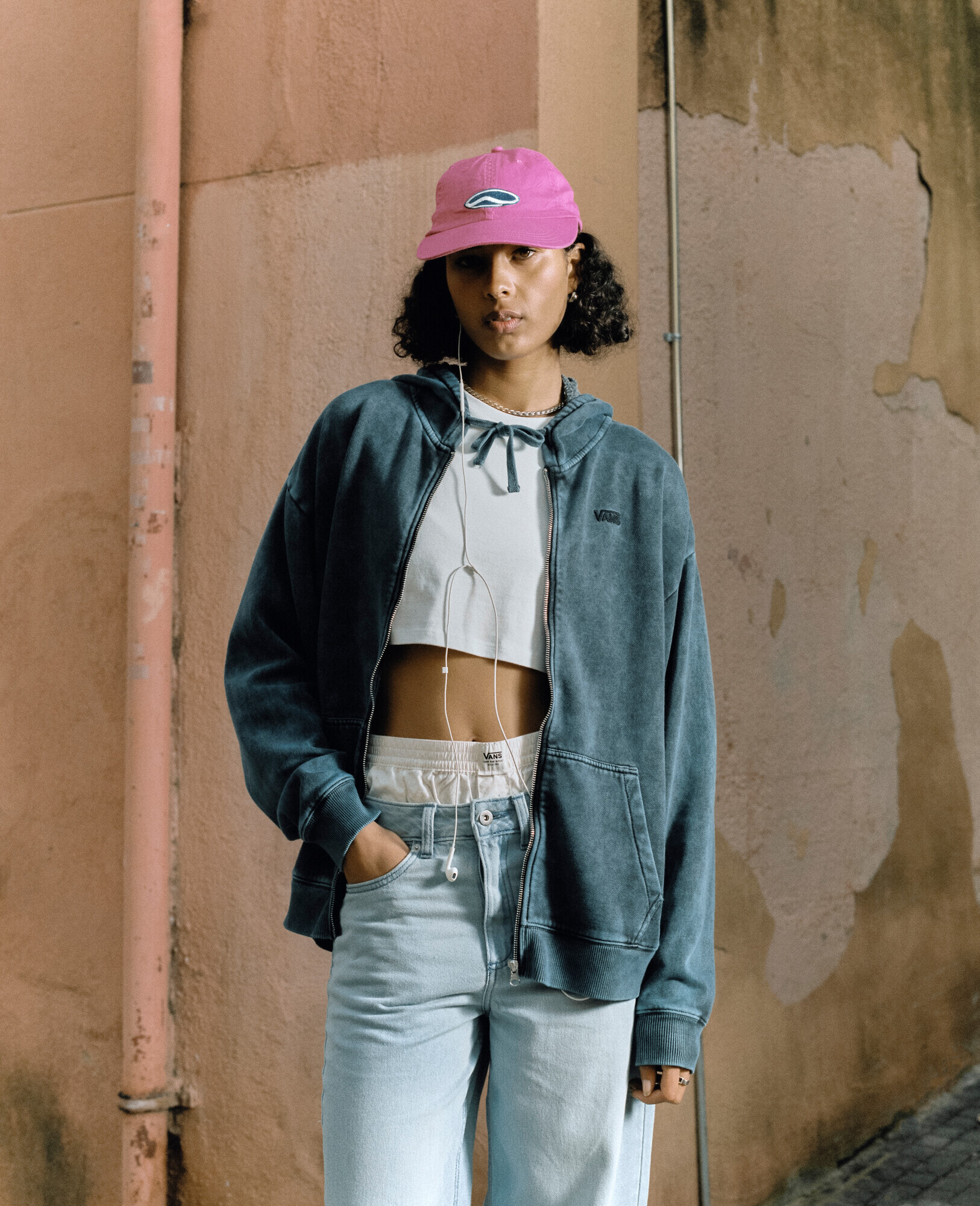
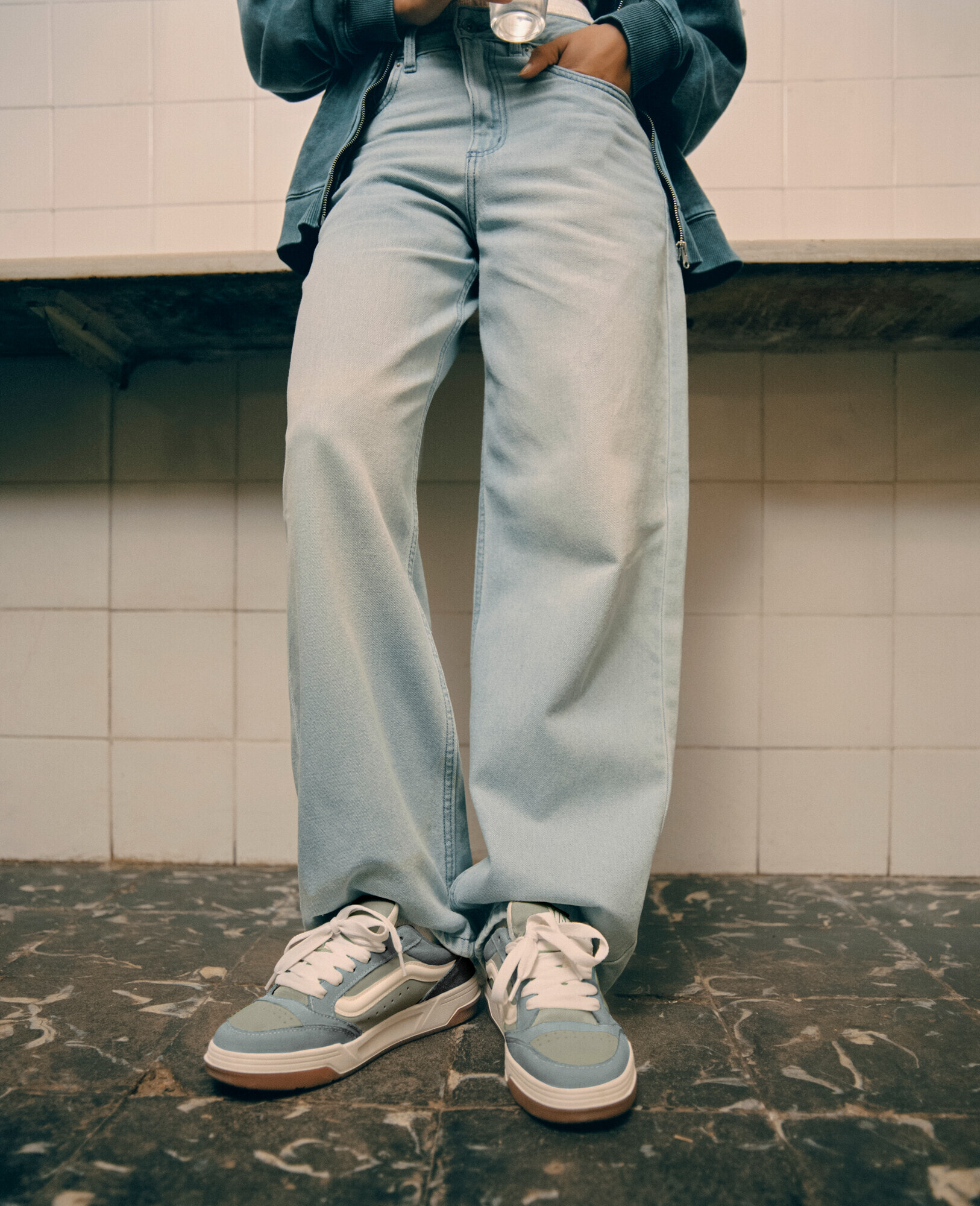
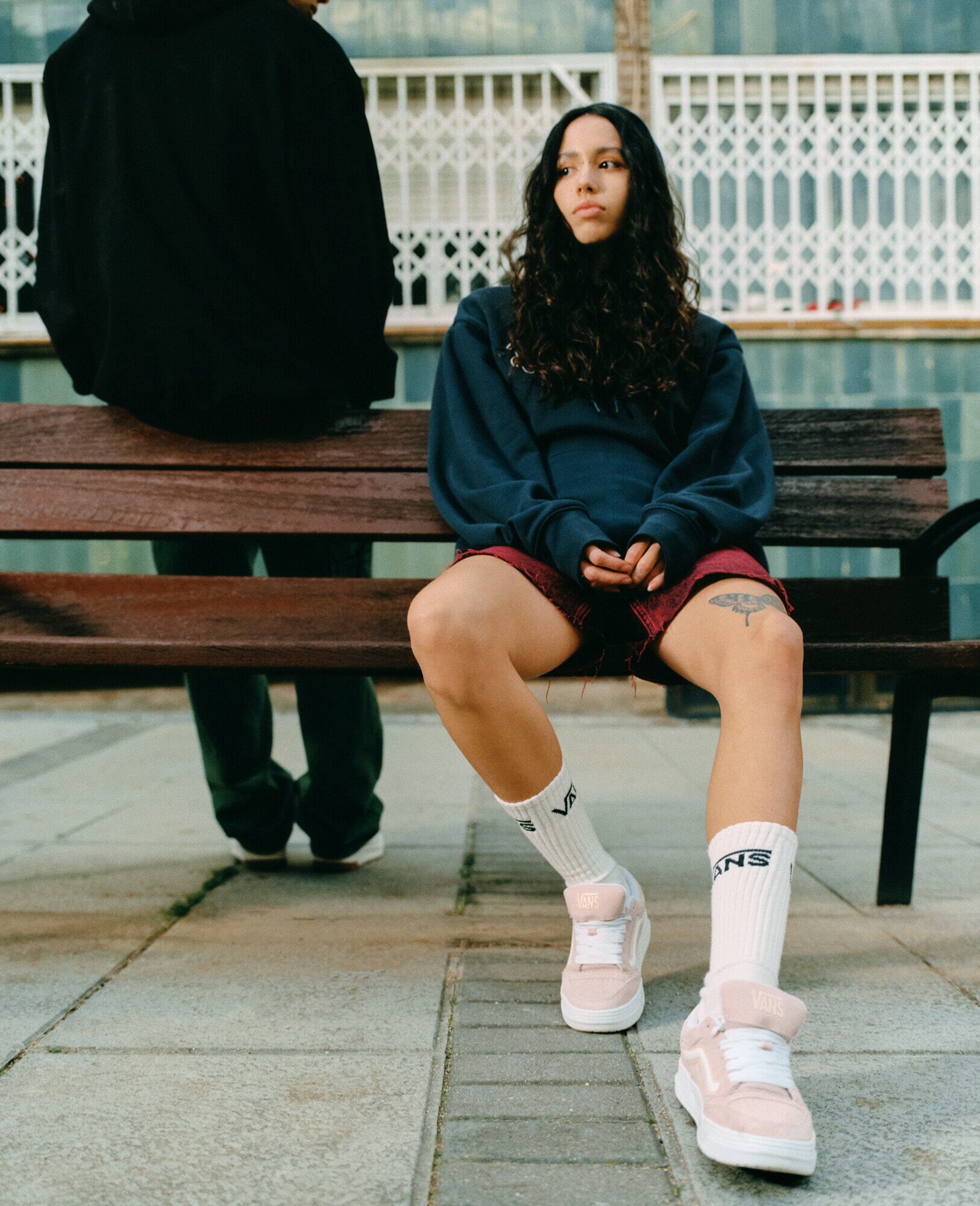
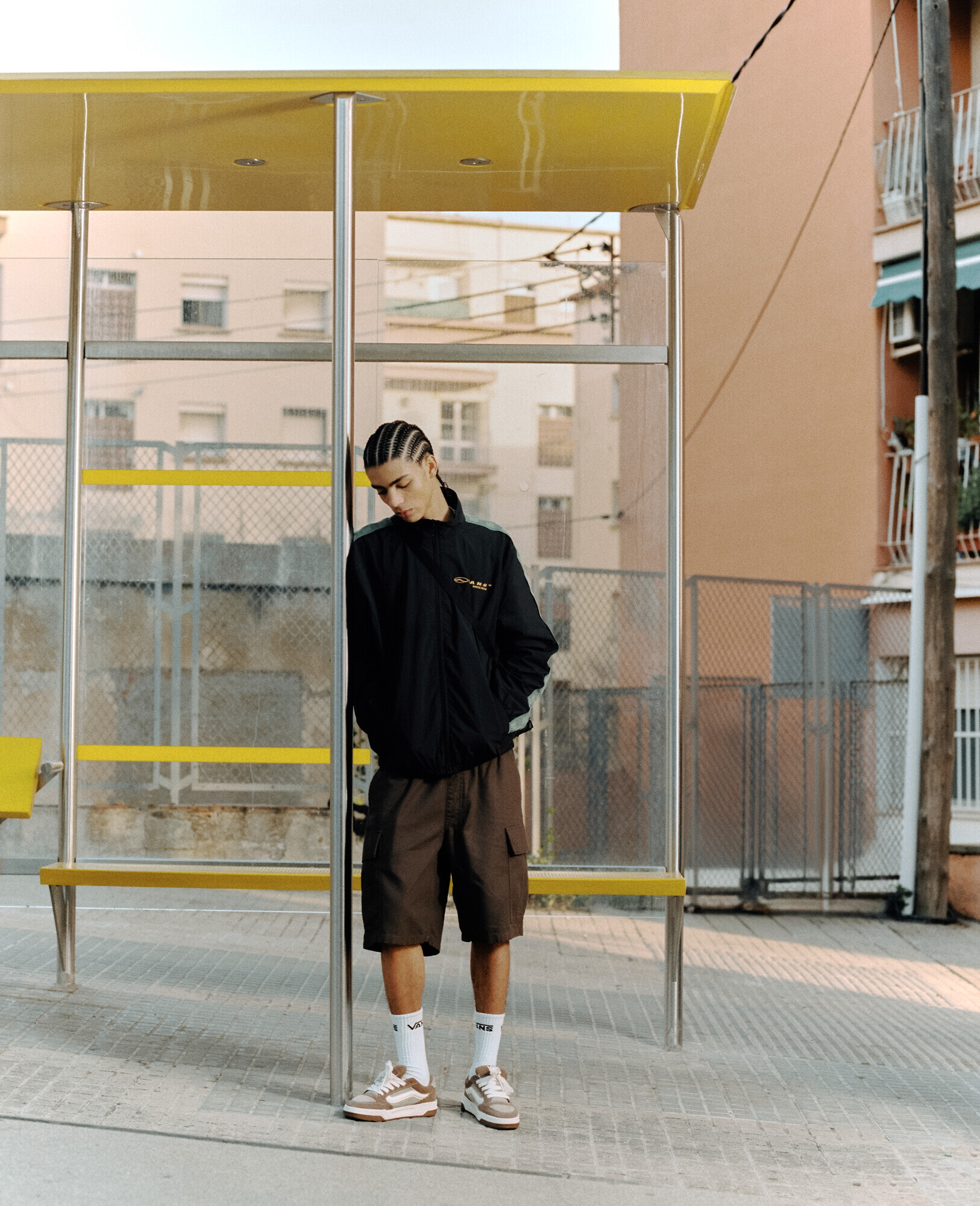
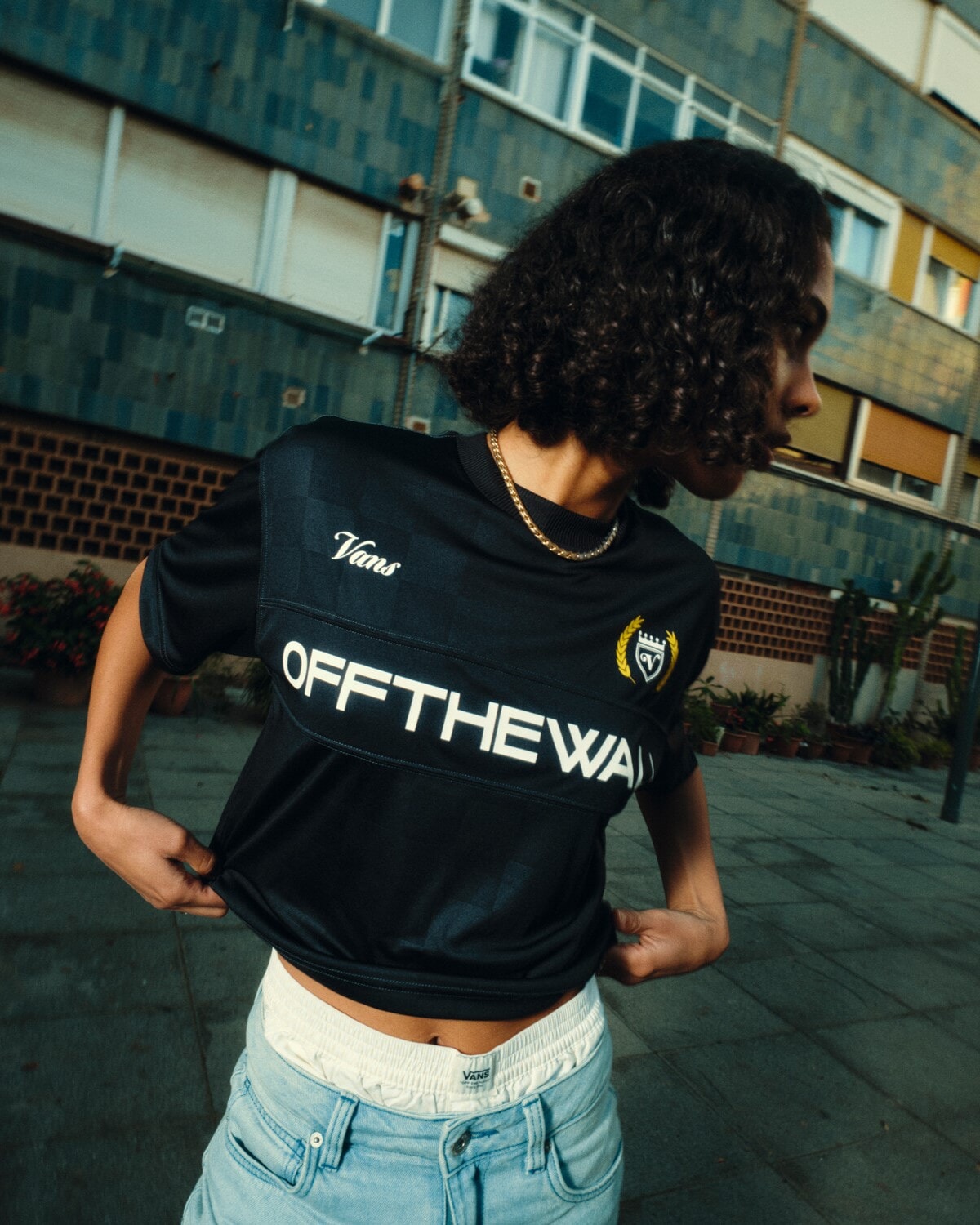
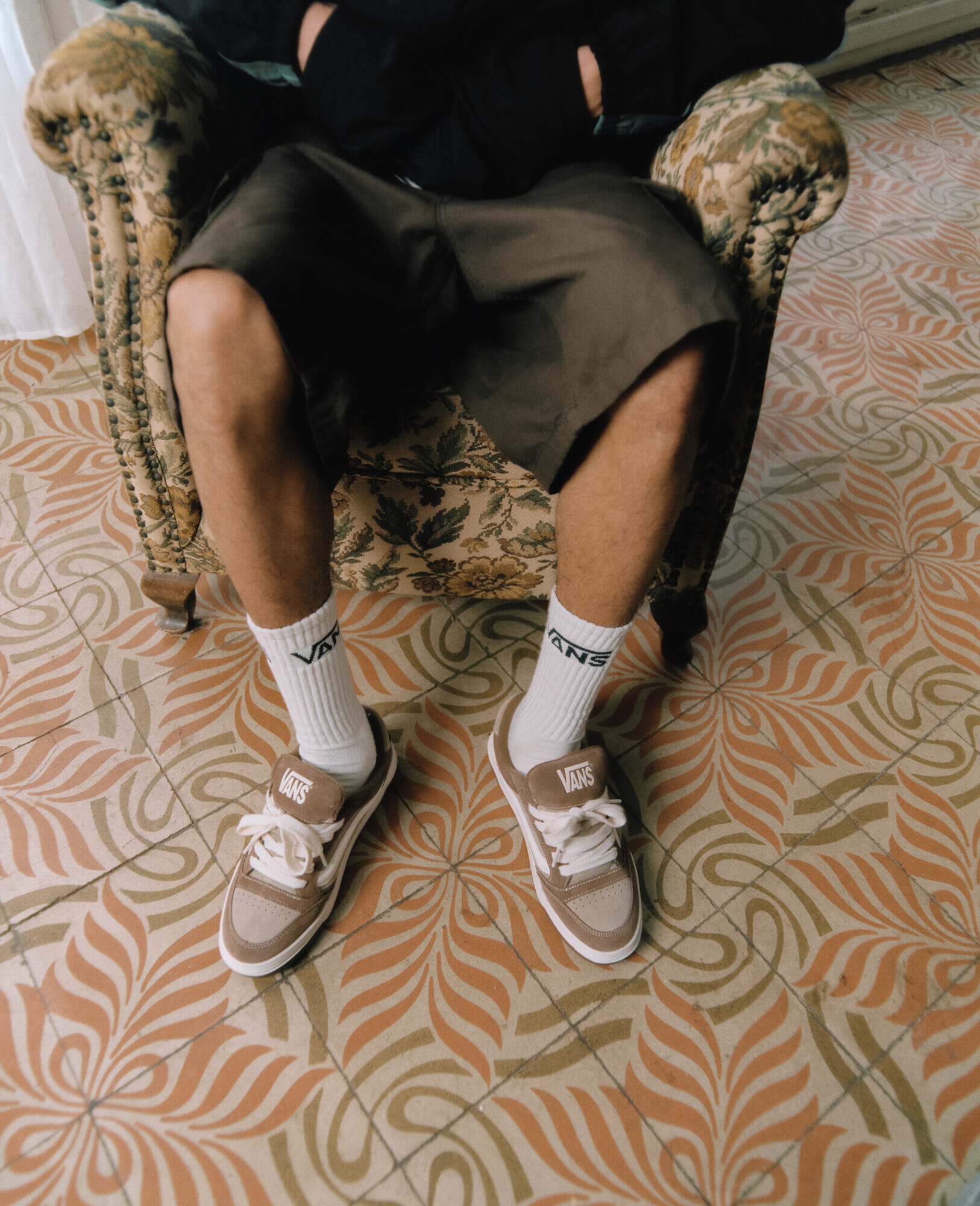
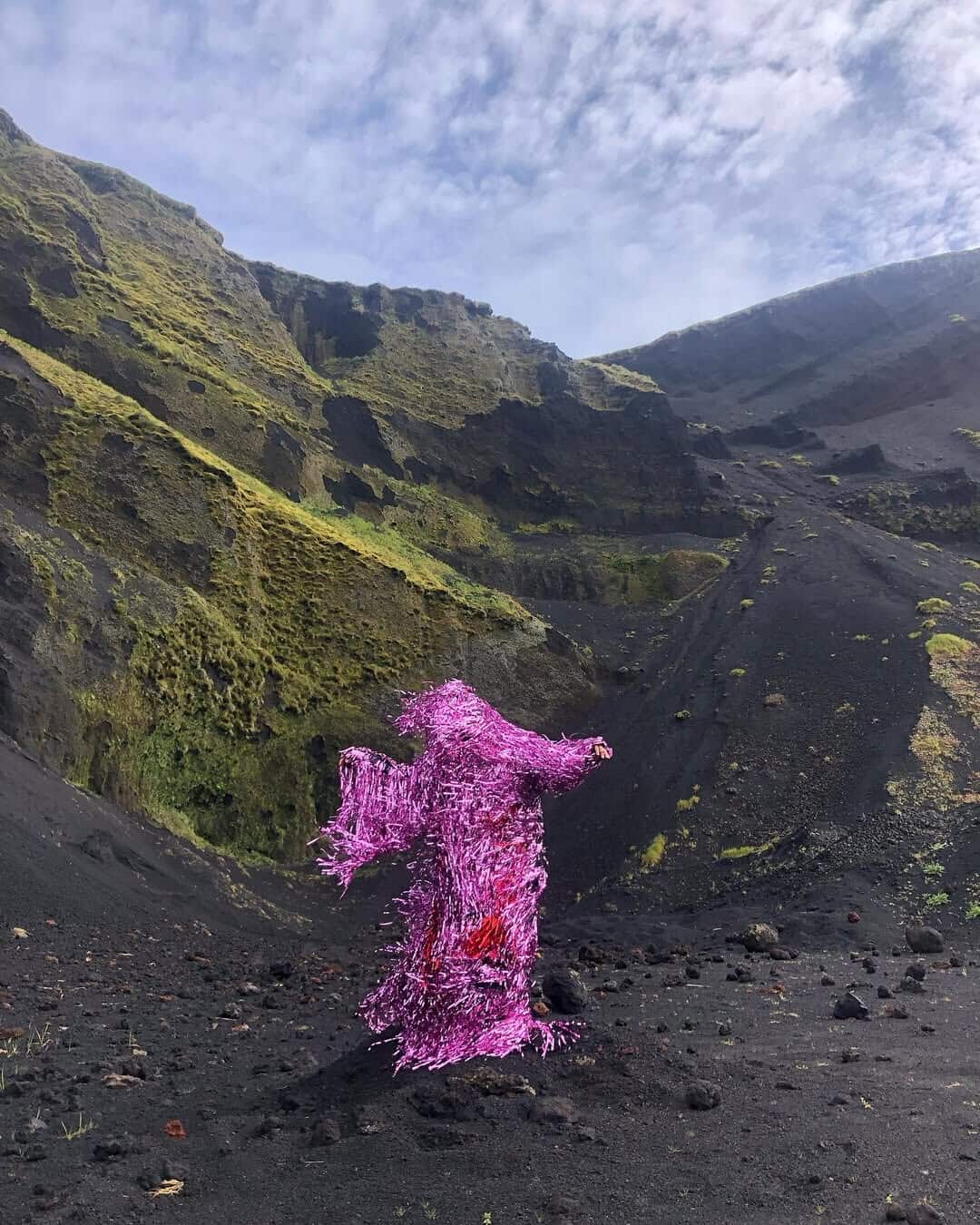
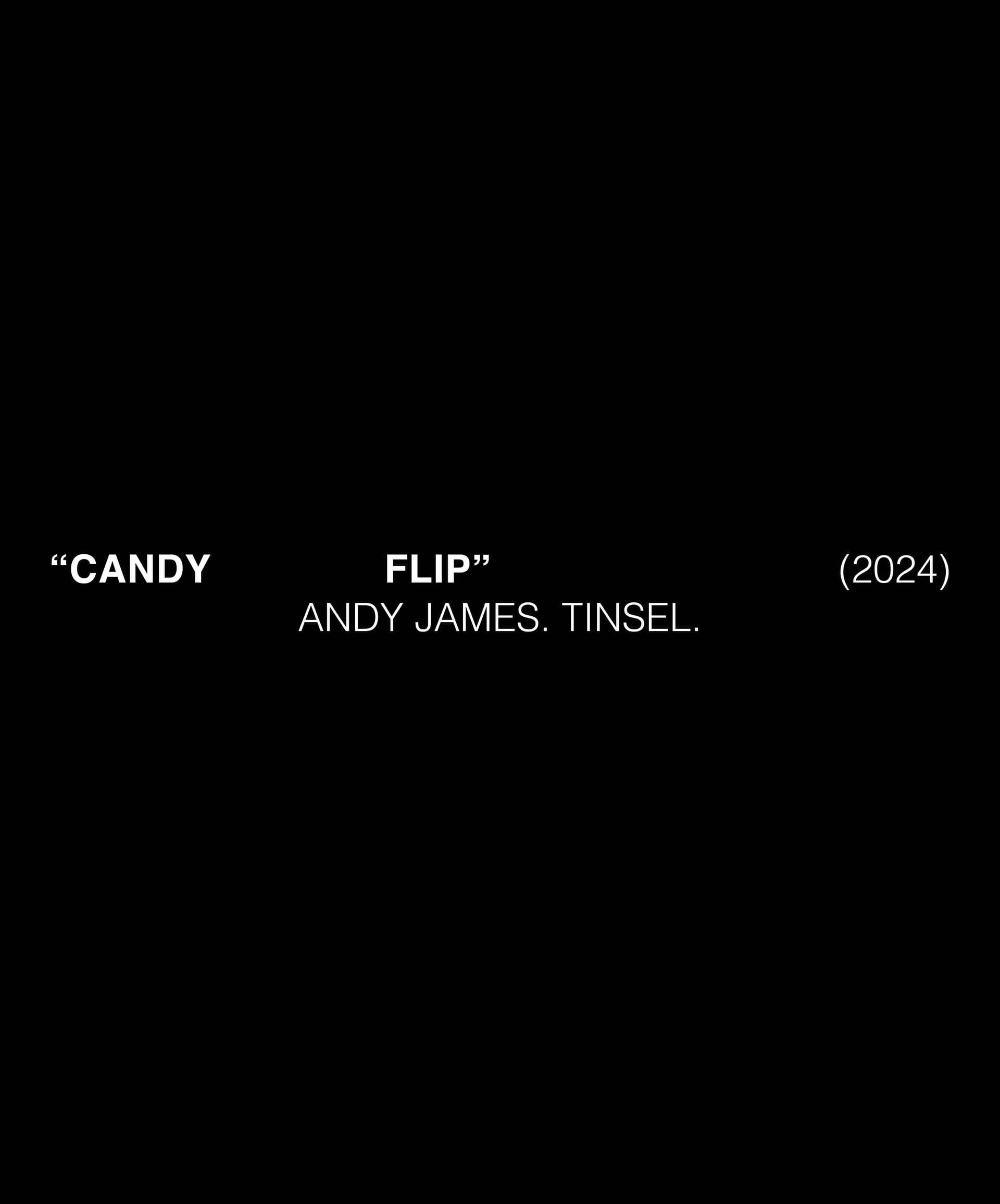
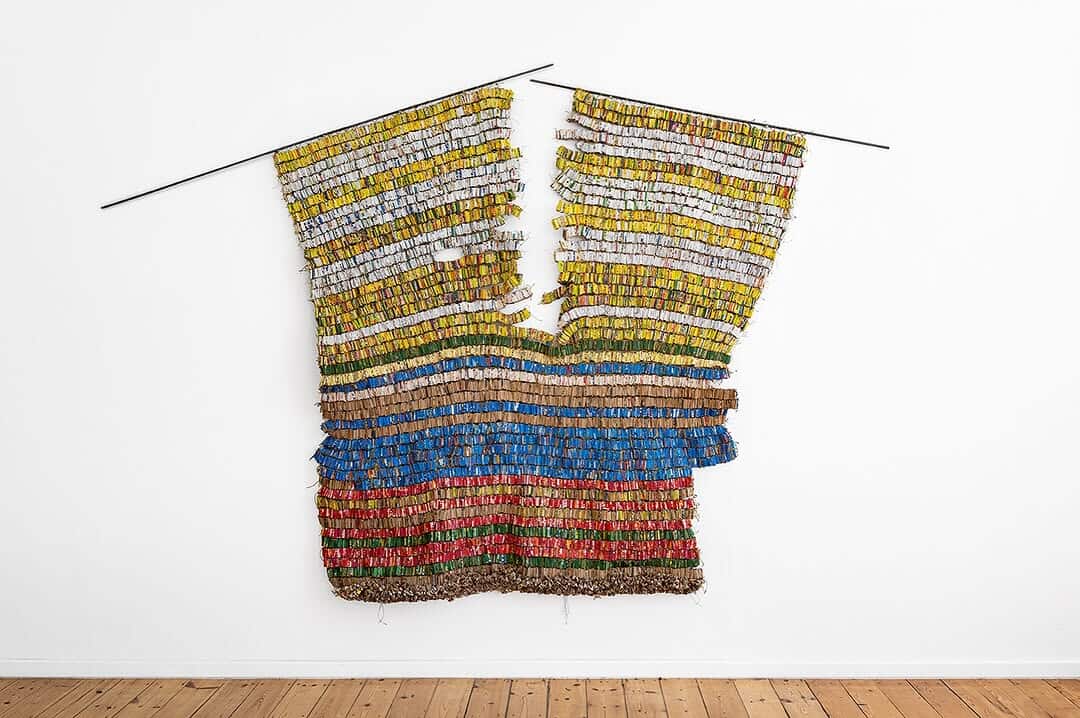

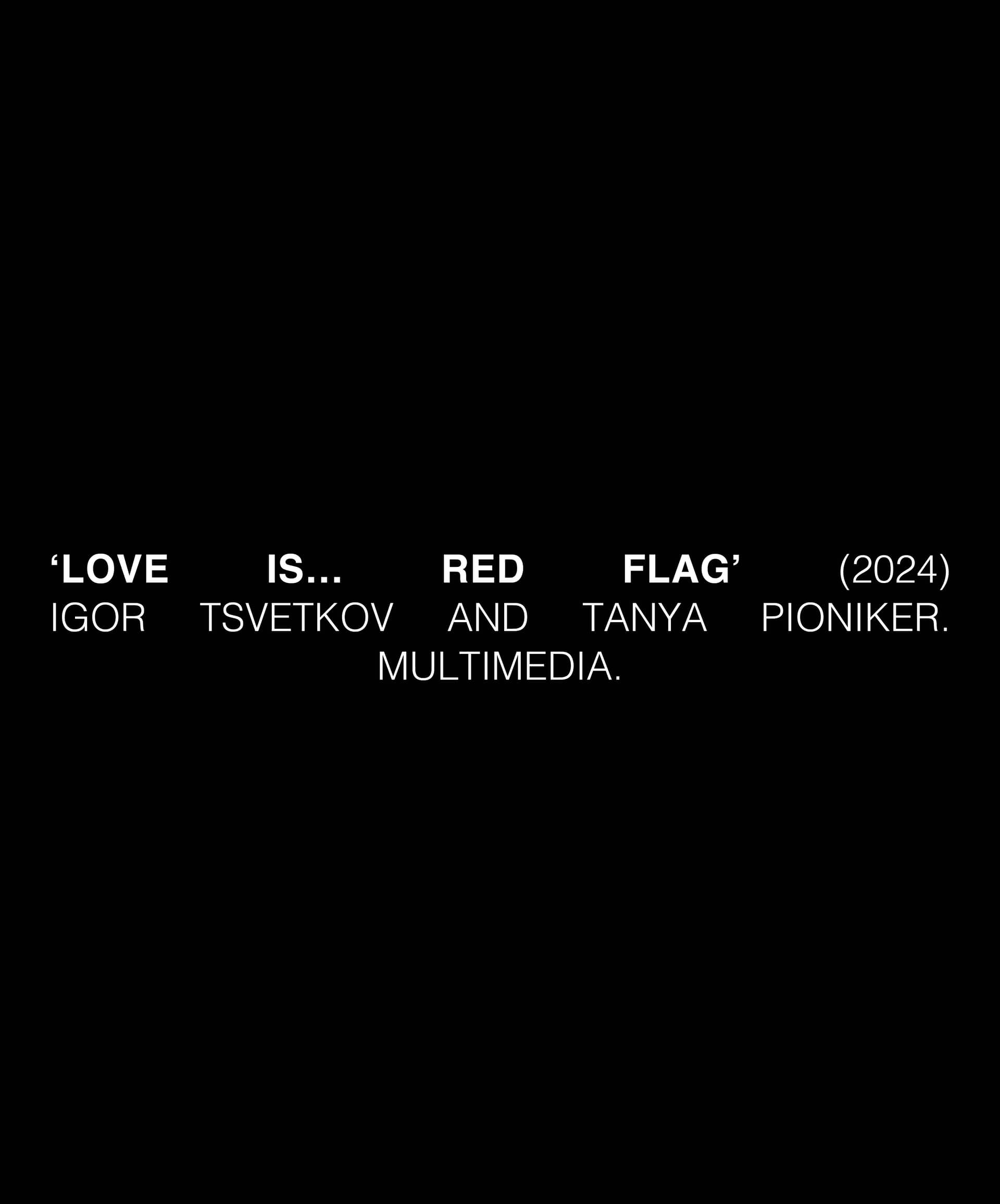
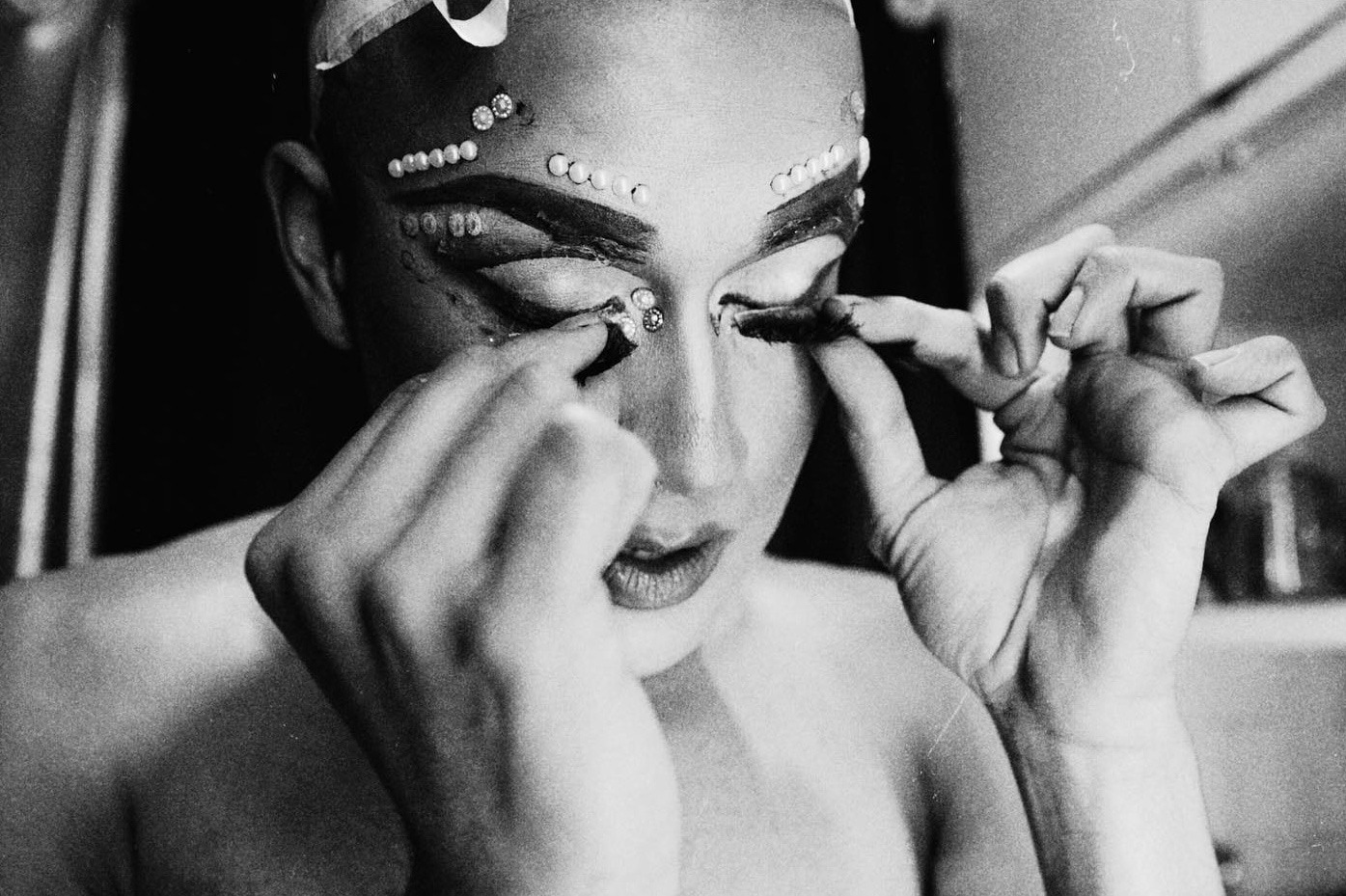
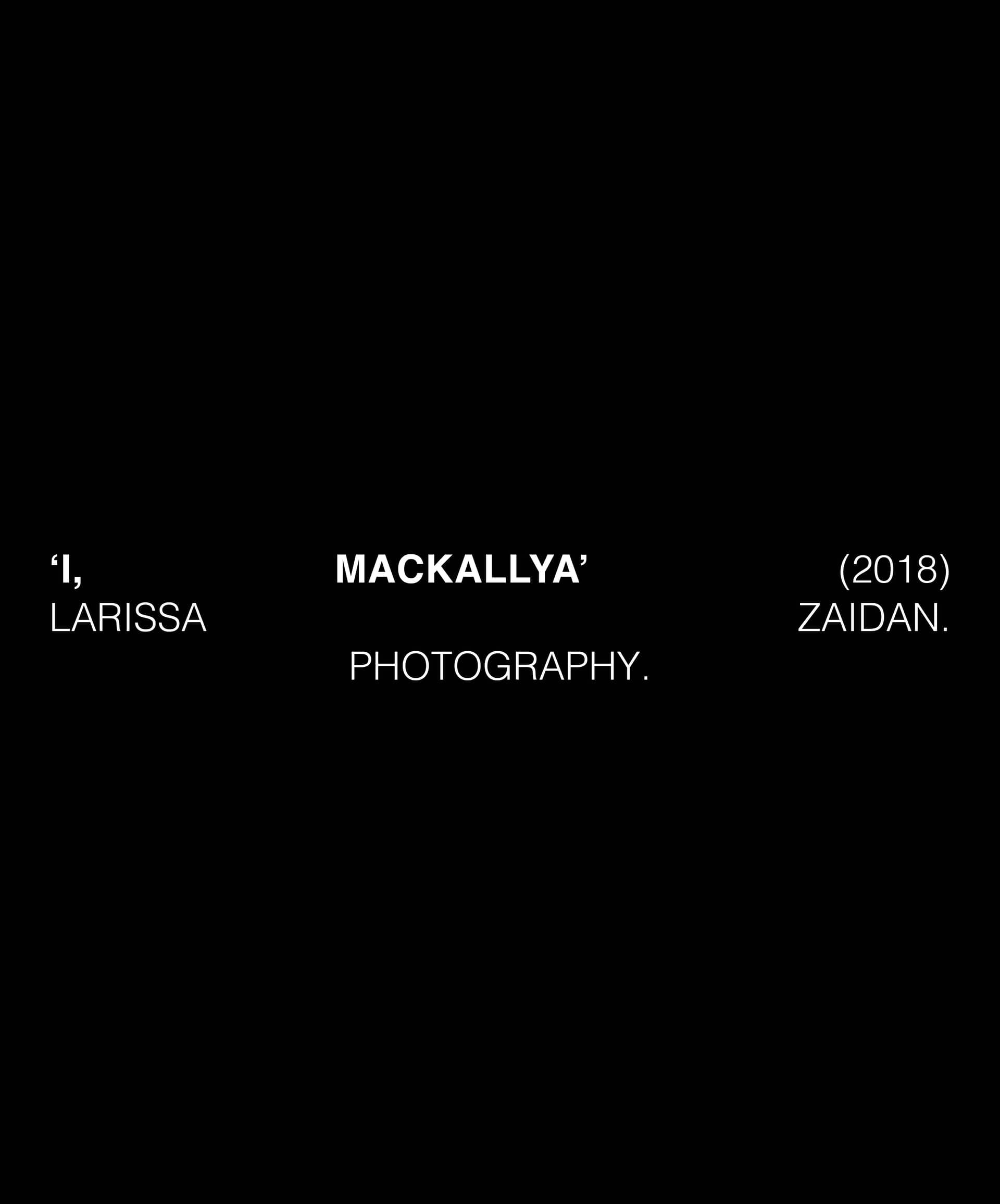
Recent Comments